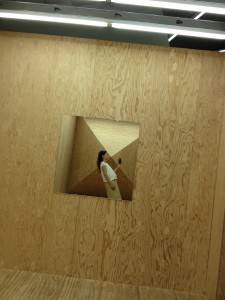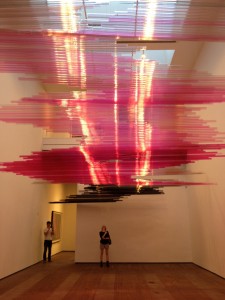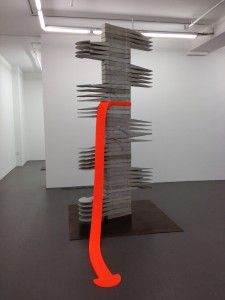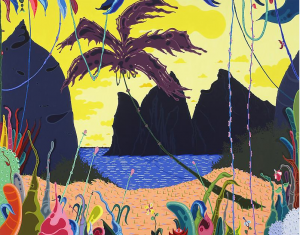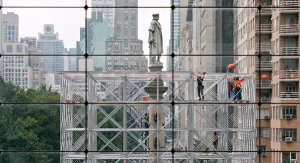
Ever think Christopher Columbus would invite you over to his place? Something like that is happening on Columbus Circle, starting tomorrow, as the Public Art Fund opens Japanese artist Tatzu Nishi’s ‘Discovering Columbus.’ After climbing six flights of stairs, visitors who’ve reserved free, timed passes can lounge in a furnished living room constructed atop a scaffolding that surrounds the 13-foot tall sculpture from 1892. (Through November 18th. Passes available at publicartfund.org.)
